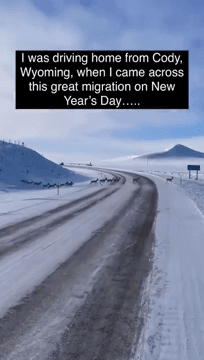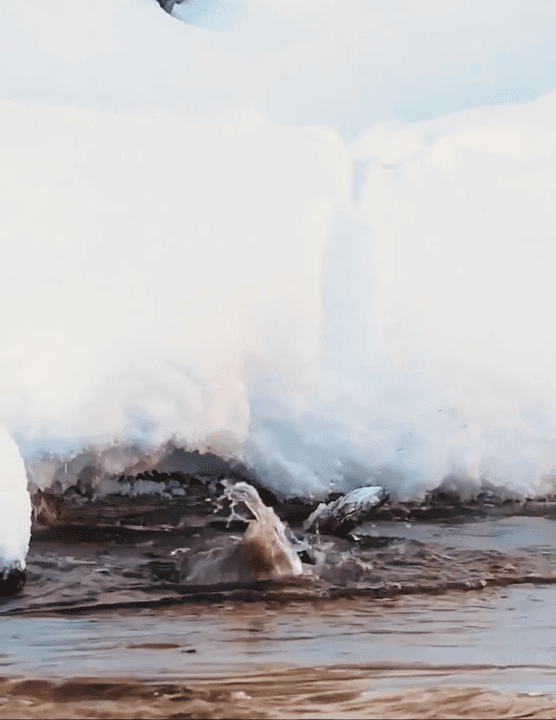
Controversial spring bear hunt up for debate in Washington The Washington Fish and Wildlife Commission will hear a report Friday on potential changes to the 2022 spring bear hunt season. However, several conservation groups said special permits to hunt black bears in the spring should not be issued at all. The groups said the hunts cruelly kill bears just as they’ve emerged from hibernation with cubs in tow. “There's a reason why we don't hunt any other species during the spring – other than turkeys – because spring is an important time for all species in which they're recovering from the winter,” said Claire Loebs Davis, board president, Washington Wildlife First, a conservation group. After hibernation, Loebs Davis said, bears are on the verge of starvation, making the bears sluggish, slow and easy to kill. “Starvation is forcing them into clearings and in areas where the only food is available – where they are easy for hunters to find and shoot,” she said. As bears emerge from
Post: 21 October 18:06





















